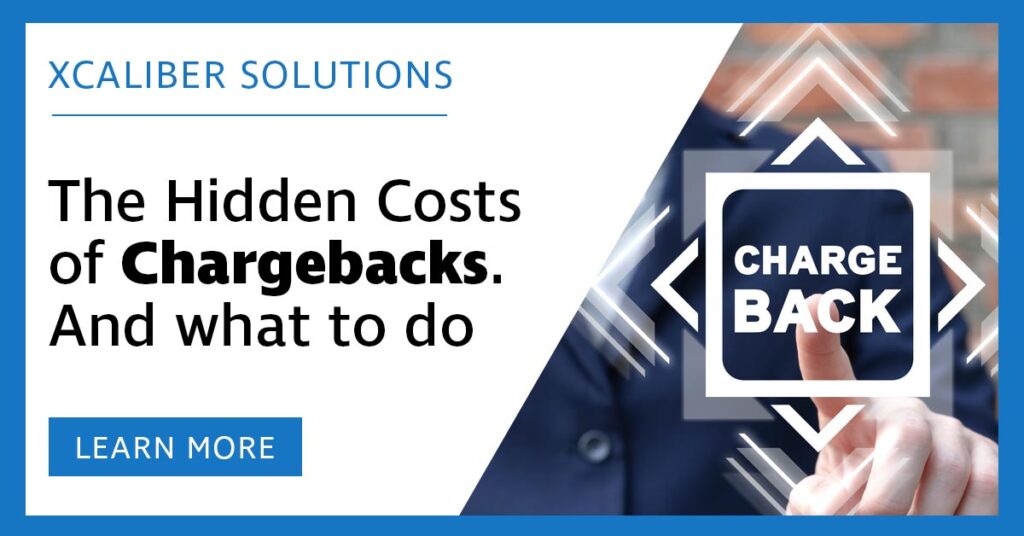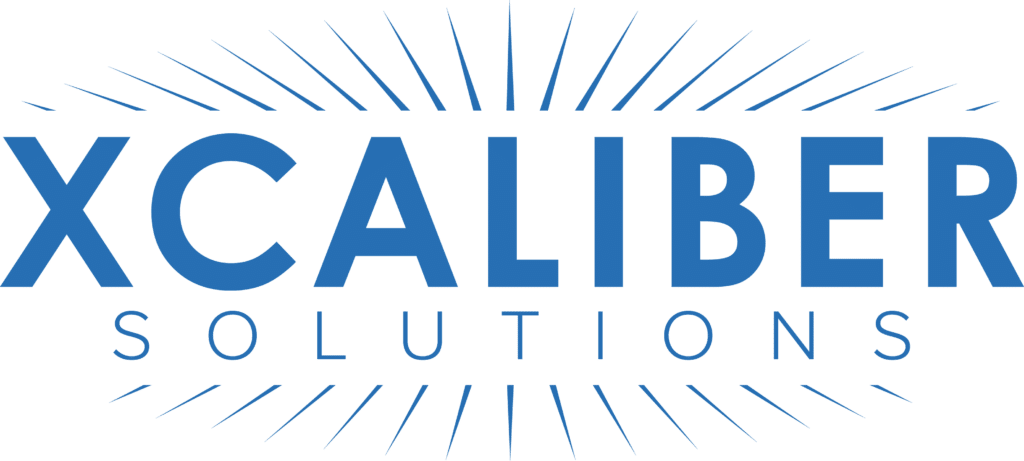6 Hidden Costs of Chargebacks

Payment industry sources estimate that for every $100 in chargebacks, the true cost to the merchant may be anywhere between $240 and more than $300.
Much of this staggering figure is accounted for by easy to identify direct costs such as lost revenues and profits, fees, and higher transaction charges.
But chargebacks also give rise to hidden costs that may be even more damaging in the long run.
Here are some examples.
1. Order Processing Costs
When a customer successfully files a chargeback, you don’t just lose the value of the product sold and your profit margin.
You also have to take into account the costs you will have incurred in processing, packing, and shipping that order.
2. Cost of Customer Acquisition
Digging deeper still, it’s important to remember that almost every sale you make is the result of a marketing campaign of some kind. And every sale made or customer acquired represents a proportion of the cost of that marketing.
Every sale lost to a chargeback, therefore, increases your unit costs per sale or customer acquired.
And this can have a significant impact on your bottom line if chargeback levels get too high – particularly if you deal in high-end, high-margin products that typically require a lot more marketing per sale.
3. Reduced Customer Lifetime Value (LTV)
We also know that it’s much easier and cheaper to persuade an existing customer to buy again than it is to acquire a new one.
So one of the most important metrics for any business to know is their Customer Lifetime Value (LTV) – how much a new customer is likely to spend over the course of their relationship with you.
Only by knowing this is it possible to assess the true cost-effectiveness of your marketing.
The problem is that chargebacks – particularly those that arise from so-called “friendly fraud” – can have a serious impact on your LTV.
Because studies have shown that customers who successfully commit friendly fraud – essentially obtaining your product or service for free – are very likely to do so again.
This is also a very difficult type of chargeback to prevent, and the consequences for your long-term profitability can therefore be serious.
4. The Cost in Business Time and Investment
Time is money, as the saying is, and chargebacks can make huge demands on you and your team.
While it’s possible to challenge chargebacks, the process of gathering and compiling the necessary “compelling evidence”, putting in place anti-fraud systems, and negotiating with your bank can be a huge drain on resources that could be better devoted to growing your business.
5. Check-Out Friction
Any security measures that you put in place to reduce chargebacks and friendly fraud will inevitably increase the friction that customers experience during the check-out process.
And as night follows day, this will lead to more abandoned shopping carts and reduced sales.
6. False Declines
Finally, if you have a high number of chargebacks, tighter processing standards imposed by your bank may lead to an increase in false declines. These are events that customers find embarrassing and frustrating, and which may well mean that they’re lost to you for good.
Talk to Us
All of this means that while the process of minimizing chargebacks can be tedious and frustrating, it’s essential for the long-term health of your business.
So if you need more detail about how to go about it, contact us here right away.
Our experts will be glad to help.

